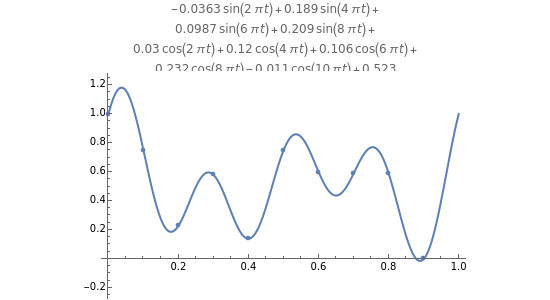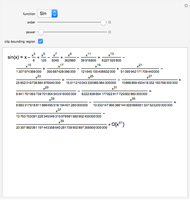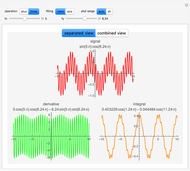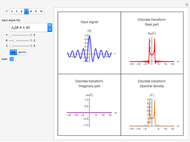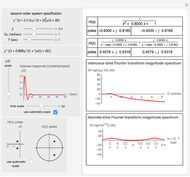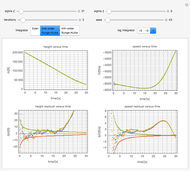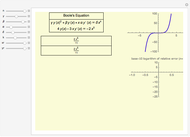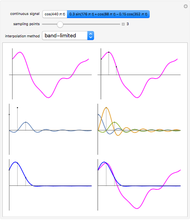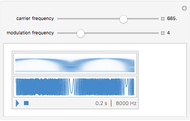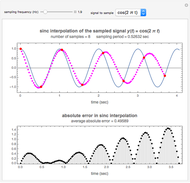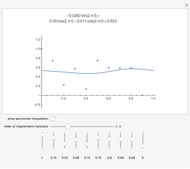Trigonometric Fitting and Interpolation

Requires a Wolfram Notebook System
Interact on desktop, mobile and cloud with the free Wolfram Player or other Wolfram Language products.
Trigonometric functions might be the best choice for fitting or interpolating periodic data. If the highest order (period) of the trigonometric function is less than 10, then the least-squares fit to the 10 points is shown. If the order is 10, then the interpolating trigonometric function is plotted. The values of the 10 data points are controlled by the 10 sliders. The checkbox adds a polynomial interpolation to the plot for comparison.
Contributed by: Bruce Atwood and Rikley Buckingham (June 2017)
(Beloit College)
Open content licensed under CC BY-NC-SA
Snapshots
Details
Because of the orthogonality of trigonometric functions, coefficients obtained from the discrete Fourier transform give the proper weights for both least-squares fitting and interpolation. From [1], if  is the order of the trigonometric polynomial and
is the order of the trigonometric polynomial and  is the number of data points, then
is the number of data points, then

is the least-squares fit of the data if  and the interpolating function if
and the interpolating function if  . In this equation,
. In this equation,  is the discrete Fourier transform of the data.
is the discrete Fourier transform of the data.
Reference
[1] T. Sauer, Numerical Analysis, 2nd ed., Boston: Pearson, 2012.
Permanent Citation
